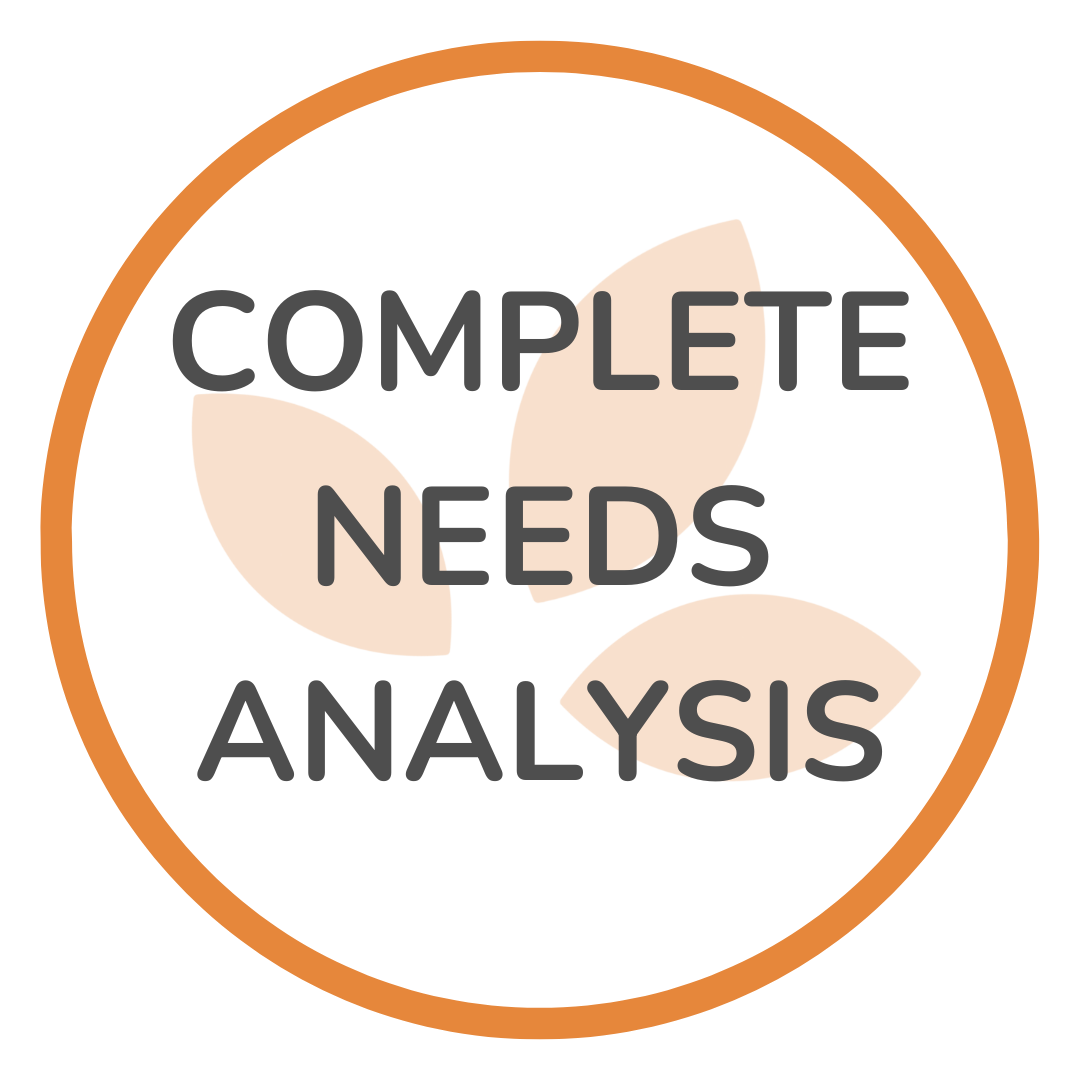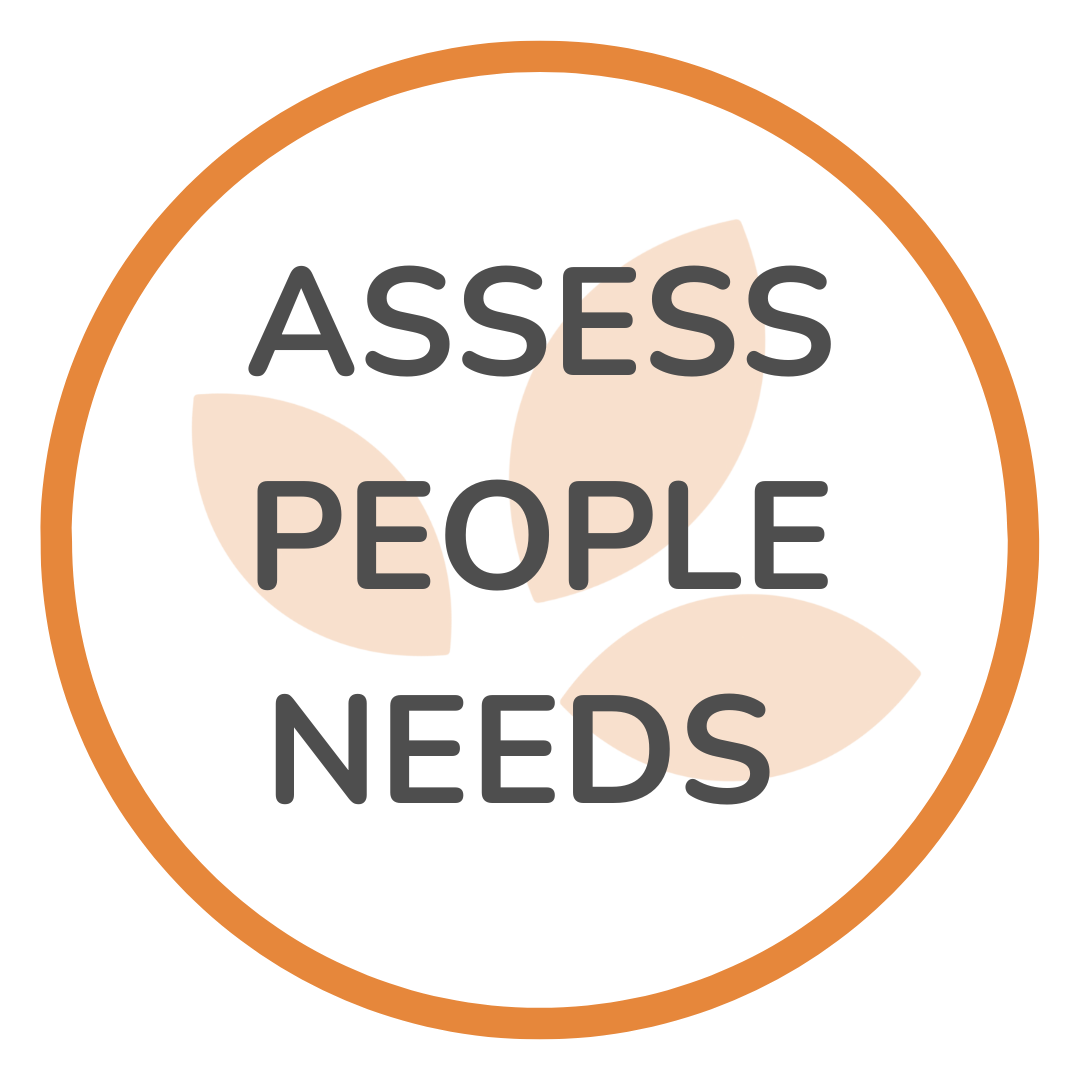The 6 Segments: PROGRAMS
This is what you are here to do: your programs. This is how you serve your participants. This is probably why you entered the nonprofit sector. The annual and ongoing tasks here are universal across all organizations, but you may want to customize the names to suit your specific work. In fact, some organizations retain a separate program calendar for the direct service providers at your nonprofit.
Nevertheless, as you manage the overall organization, be sure to schedule and meet these many programmatic milestones.
Scroll down for examples of ONGOING tasks and ANNUAL tasks that you should get onto the calendar.
-
So often we focus on the first day of the program, the performance or the season that we forget to underscore the day you open registration. Maybe that means you start selling tickets, maybe it’s an online or event in person registration system. It’s important to highlight this on your calendar because ALL of your information needs to be lined up and accurate when you open sign-ups. That information needs to be externally available and passed on to your marketing team.
-
Ongoing training for the people doing the direct service is a key responsibility for the program team. Maybe you are training coaches, checking in with your teachers or tutors, or training volunteers on how to provide a specific service. It’s worth doing this at least quarterly and when new providers come in.
-
Partners mean different things for different organizations - it could be a vendor, a collaborator, or an expert helping you provide the service, the art or the general program. Meet with partners regularly - not only to stay on the same page but also to express gratitude and strengthen bonds.
-
You’ll have to do this often. Maybe it’s email, maybe it’s text, maybe you are calling. This could be associated with programs starting and ending or perhaps it’s a change in venue. Could even be a regular newsy email with program info. Whatever it is - communicating with your participants is very important and worth scheduling.
-
Turns out that special events may not be so special, insofar as you hold them pretty regularly. Get ‘em on the calendar so that you can plan, prep, promote and be ready.
-
You need some kind of regular impact metric tracking. First, you should be collecting feedback so that you can improve your programs and do more good. Second, you’ll need those metrics to for grants and funders. Finally, best practice calls for an Impact report at year-end. Create a regular discipline for collecting impact metrics via survey or whatever other measurement stick makes sense for you.
-
This is different than the impact survey, which collects feedback from participants. The post-program wrap-up is an internal taking stock of how everything went at the end of a program. Get your team together and assess what you should keep doing, what you should stop doing and what you should start doing to improve the program for participants.
Stickers available in the 6+4 Planner System:
-
Each year it helps to layout the annual calendar - or as much as the year as you know. Your programmatic calendar creates a skeleton calendar for the whole organization. Once you’ve got those dates down, you can build in the marketing and development calendars.
-
Sure, you need to purchase and replace equipment year-round when it breaks. But if you can plan ahead as best you can, it can really help - it helps you schedule delivery, install and plan for financing the equipment. Can you look at the program calendar and estimate what new equipment you’ll need and when?
-
A needs analysis is a rigorous analysis of what the community you serve needs in the context of the sector you are in and the services you provide. If you are lucky, you might find an externally produced needs analysis. Or, you may be sufficiently connected that you don’t need to do a whole PowerPoint on this. But it is worthwhile that you take a moment at least annually to assess the community you are in and what you can do to make it better.
-
In your ongoing tasks, you’re asked to do regular impact surveys… but what are you measuring? What are the quantifiable metrics that not only describe what you do but show your success? Once a year, create or revise your impact metrics to ensure that they are the right numbers to tell your story.
-
Many grants require that you submit a grant report at the end of the grant period. Often, this is 12 months after the grant is awarded, but not always. Check the terms of your grant. You’ll want to make sure you do this right, as you’re not likely to receive the grant again if you don’t meet the grant guidelines for grant reporting.
-
Work with your administration team to assess your HR needs with regard to programming. At least once a year - maybe as part of the annual budgeting process - try to anticipate what you’ll need in terms of program providers. Do you need more people? Different skills? New training? New partners? It’s helpful to get ahead of this with some good planning.
Stickers available in the 6+4 Planner System:
Track your participants, clients, audience members - however you describe the people you serve. The number of participants, here measured in total registrations, drives the amount of service providers, equipment, supplies and space you’ll need - all of which comes at a cost.
But at the same time, knowing how many you serve gives you information to share with pride when talking to potential funders.
Stickers available in the 6+4 Planner System:
Programming tasks should be one of the first things on the calendar as that is the direct service work for which the organization was created. The key to the 6+4 System is making sure that, after you set out the programming onto the calendar, you can plan all of the other tasks required to run a business around them.
Need help? We’ve got you.




















